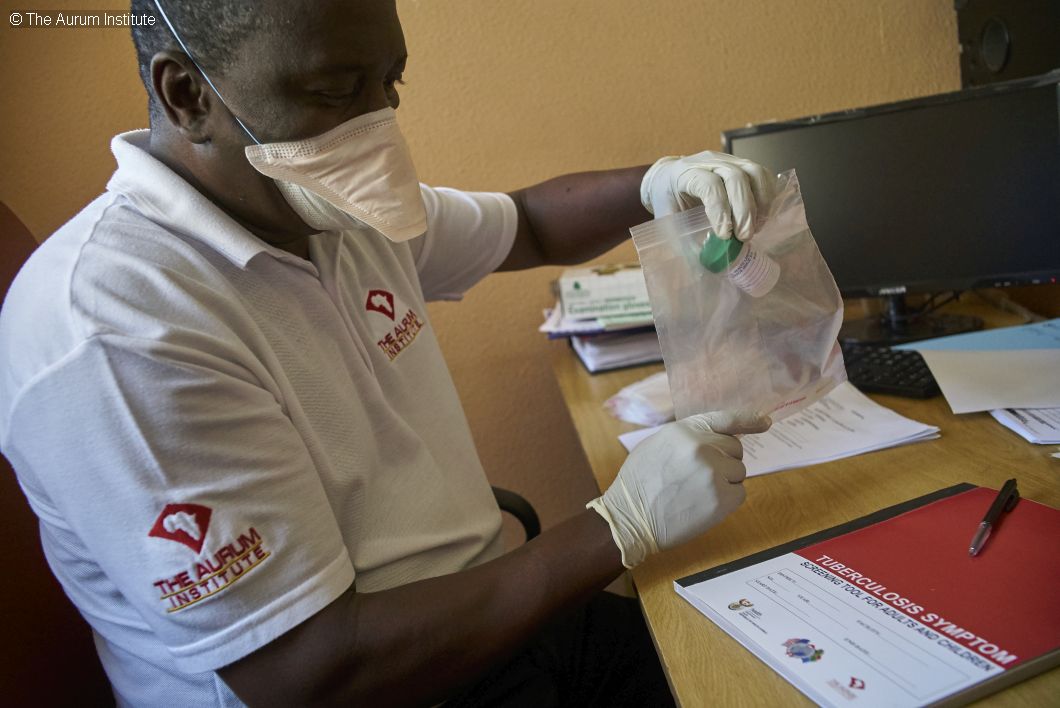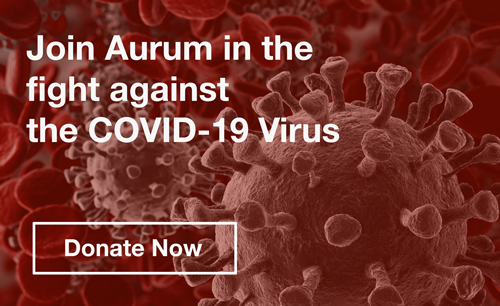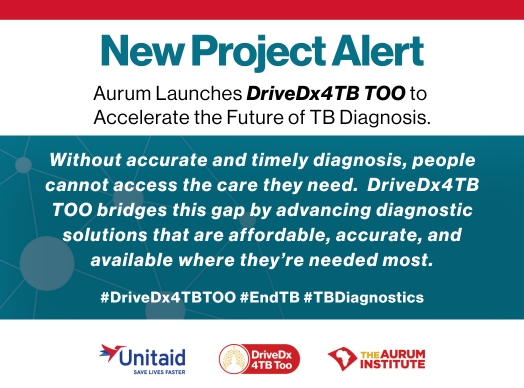A randomized trial found that treatment completion was higher among HIV-positive persons who were assigned a shorter course of rifapentine-isoniazid therapy to prevent tuberculosis disease compared to those taking a longer course. A second round of treatment provided no additional protection from developing tuberculosis disease in high-transmission areas. The findings are published in Annals of Internal Medicine.
Tuberculosis preventive therapy for persons with HIV is effective, but its durability is uncertain. In the WHIP3TB trial (Weekly High Dose Isoniazid and rifapentine [P] Periodic Prophylaxis for TB trial), researchers from the Aurum Institute, Houghton, South Africa, hypothesized that, among persons with HIV receiving antiretroviral therapy, treatment completion of weekly rifapentine and isoniazid for 3 months would be superior to 6 months of daily isoniazid, and that annual weekly rifapentine and isoniazid for 3 months would be more effective than a single round.
The researchers randomly assigned 4,014 HIV-positive persons who were receiving antiretroviral therapy and did not have active tuberculosis to receive weekly rifapentine–isoniazid for 3 months, given either annually for 2 years or once, or daily isoniazid for 6 months. Participants were screened for tuberculosis symptoms at months 0 to 3 and 12 of each study year and at months 12 and 24. Treatment completion rates as well as the effectiveness of the different regimens were compared. The researchers found that, tuberculosis preventive therapy with short-course, weekly rifapentine and isoniazid for 3 months was associated with much higher treatment completion rates compared with standard daily isoniazid for 6 months. In settings with high tuberculosis transmission, a second round of short-course tuberculosis preventive therapy one year later did not provide additional benefit.
Abstract: https://www.acpjournals.org/doi/10.7326/M20-7577
Media contacts For an embargoed PDF, please contact Angela Collom at This email address is being protected from spambots. You need JavaScript enabled to view it. To speak with the corresponding author, Gavin Churchyard, MBBCh, PhD, please contact Kanya Ndaki at This email address is being protected from spambots. You need JavaScript enabled to view it.














